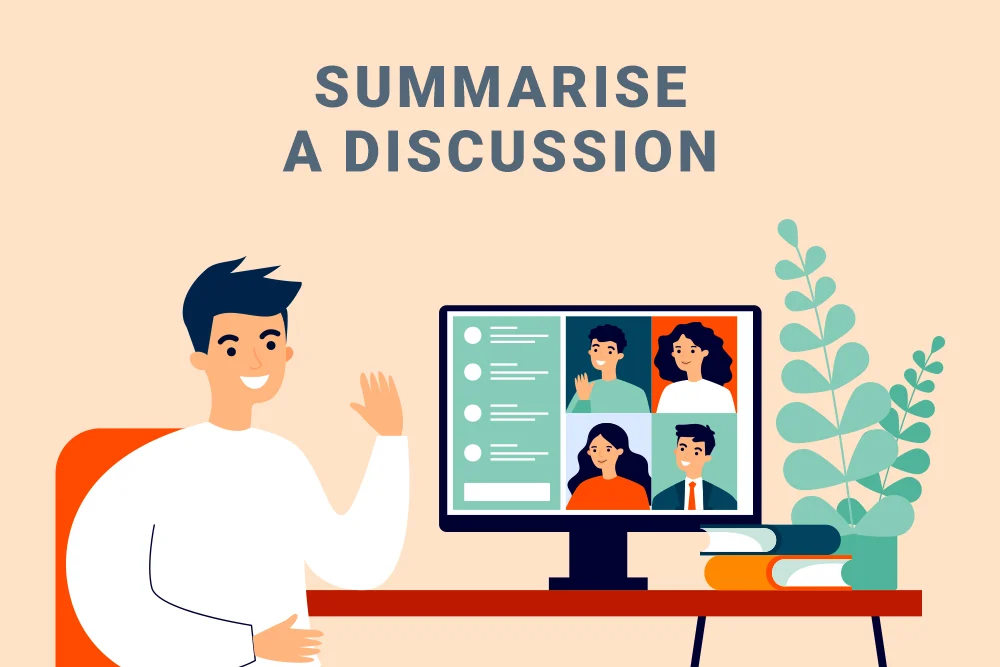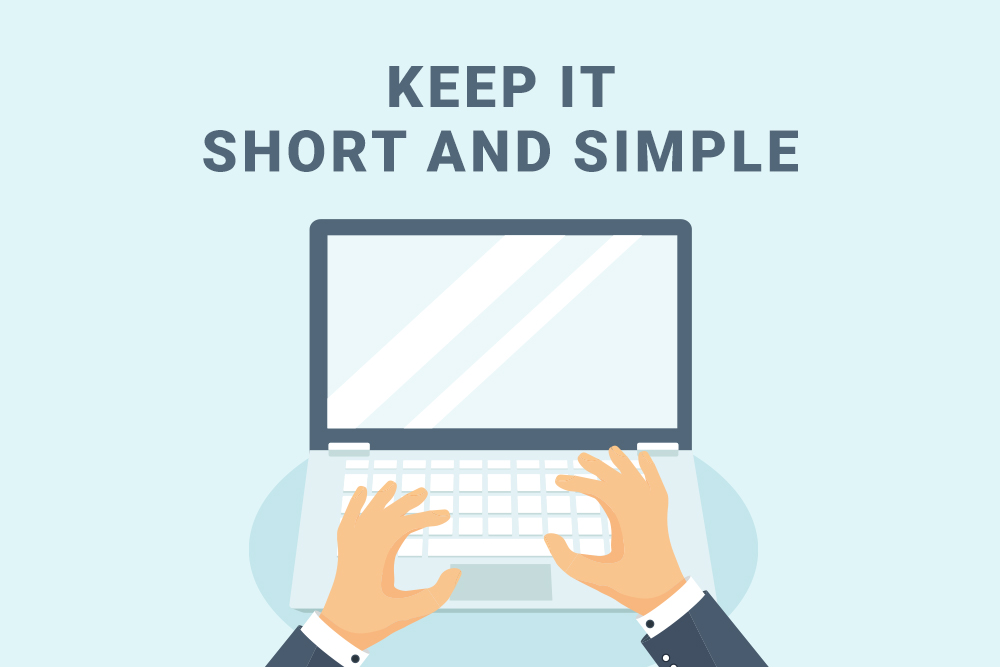Let us face it – face-to-face communication is one of the most effective channels for workplace communication.
When conversing, we can easily observe the other party’s facial expressions, body language, tone and more. The richness of the communication also allows us to adapt our communication strategy accordingly.
However, with most of us working from home these days, it is not always possible to reap the benefits of face-to-face communication.
Then, there are also situations where it is easier and faster to fire off an email or make a quick call to handle work matters.
The trouble comes when we do this hastily, without considering the nuances or tone of our communication. For instance, a simple “noted, thanks” in email can be misconstrued as curt or passive-aggressive. Additionally, the lack of verbal cues in written communication, combined with the stress and anxiety of juggling work and household obligations can cause us to be less aware of how our behaviour affects others – resulting in ineffective communication.
To prevent misunderstandings during telecommuting, follow these tips.

1. Practice active listening
All effective communication begins with active listening. Active listening is the act of focusing fully on what the speaker is saying by clarifying, paraphrasing, and summarizing.
For instance, when you are making a phone call or video call, you can end the conversation by summarizing what was discussed and ask the speaker “is this what you meant”? This ensures that you do not assume or misunderstand what you heard.
An Inc article notes that checking for understanding has the added benefit of making your colleagues feel heard and understood. It also prevents abortive work since everyone is on the same page.
2. Set the context early
Software company Matillion’s CEO Mr Matthew Scullion sets the context of his communications early as he realized that digital communications can easily be misconstrued while working remotely.
Elaborating, he said: “When I explain that I’m consulting people, it alleviates any confusion that I am handing down a decision when I am actually asking team members to bring their opinions and ideas to the table.”
“For example, there is an upcoming conference where we are looking to make a big splash. I sent one of our directors an email and started it with ‘#brainstorm’ and then proceeded to share my idea for a theme and execution at the conference. This made clear it was meant as an idea to be considered, and not as a ‘must do’.”
You can also do the same by prefacing your phone call or email with the purpose of the communication, before sharing the details. This helps the recipient keep the purpose in mind when reading your correspondences or listening to you.
Find this article useful? Share this with your friends on Facebook and LinkedIn!

3. Keep it short and simple
As the American writer and journalist William Zinsser wrote in his book On Writing Well: The Classic Guide to Writing Nonfiction, “The secret of good writing is to strip every sentence to its cleanest components.”
The same applies to all forms of remote communications. When writing emails, be concise and ensure that each sentence serves a purpose.
Also, avoid long sentences as they are difficult to understand. As a guide, keep your sentences to 15-20 words, where possible.
Try to use simple words so that your email recipient or listener does not need to guess what you mean.
4. Follow a standard structure
Mr Daniel Post Senning, an etiquette expert with the Emily Post Institute, encourages individuals to follow the beginning, middle and ending format to avoid “dragged-out messages” in all forms of communications, including instant messaging.
Start your message with a salutation to direct it to your intended recipient, then follow with the purpose of your message, then end off with “thanks” or “I’ll get back to you by [insert timeframe] so that you do not leave the conversation hanging.
If you receive an email or message that demands a long response, make a phone or video call to discuss issues in detail.

5. Show appreciation in your sign-off
According to a BBC article, “thanks in advance” was the best performing sign-off which garnered a 65% response rate. Other similarly effective sign-offs include “thanks and cheers”. The study’s researchers explain that giving thanks shows the recipient that you are appreciative. In particular, “thanks in advance” may be the most effective because it sets an expectation that the recipient will complete the task you stated in the email.
However, avoid going to the extreme by forcing the recipient to respond. Ms Madhumita Lahiri, an English professor at the University of Michigan in Ann Arbor, warns that phrases such as “don’t hesitate to call” can be perceived as passive-aggressive because the recipient might feel obliged to call.
Ultimately, communication is an art. No matter how well you communicate, there is always room for improvement. The next time you type an email or press the “meet” button on Zoom or Microsoft Teams, think twice about how you are communicating to maintain good relations at work.















